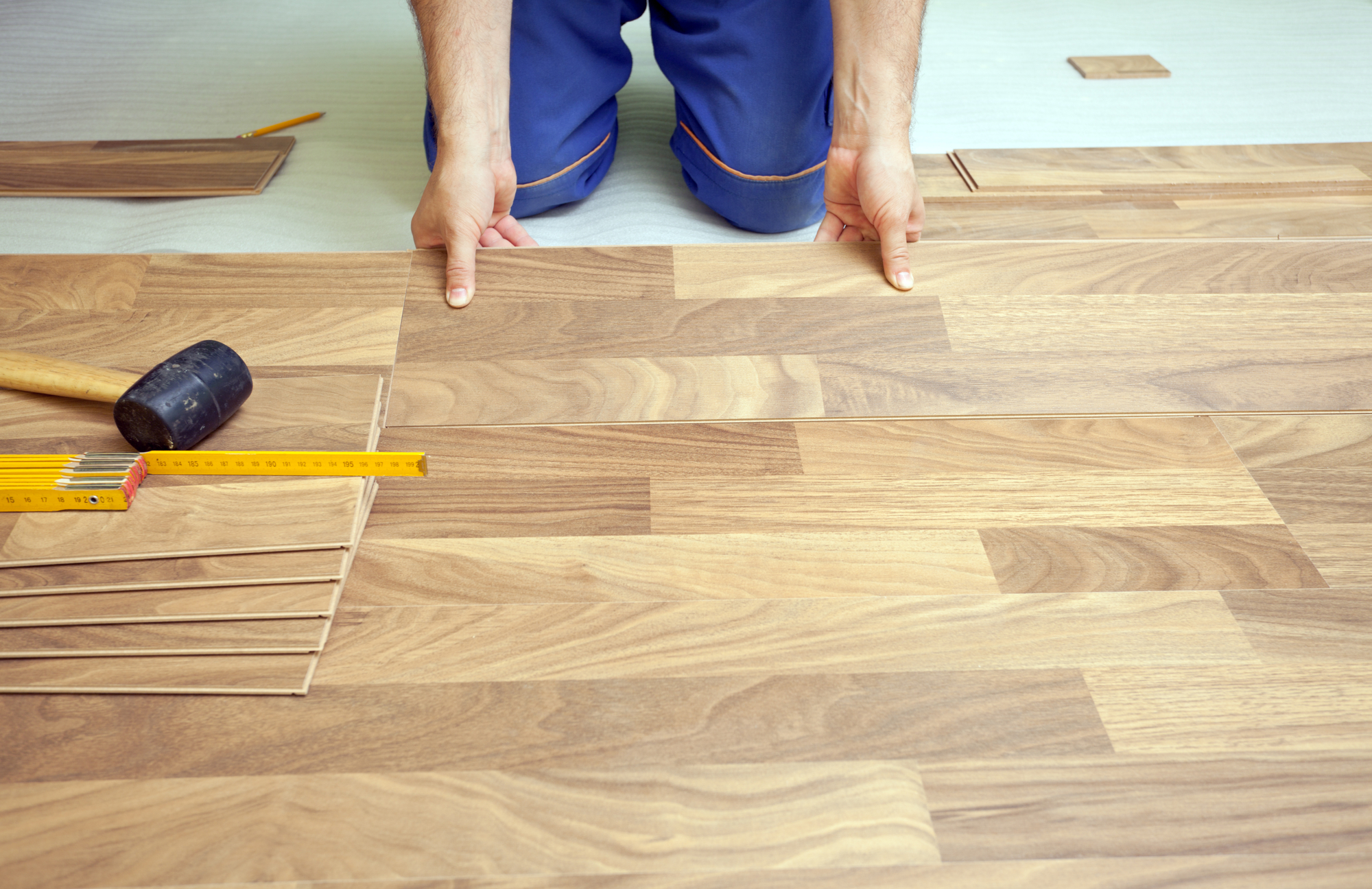Wood flooring in a home provides a classic yet sophisticated look. Though care is needed to keep the flooring in good shape, most of the care is simple, and the flooring will continue to look amazing through the years. Homeowners ready to take the plunge and start looking into hardwood flooring for their homes have plenty of options to consider.
Hard Wood Versus Soft Wood
Hardwood flooring can be made from hard woods or soft ones. Hard woods are better in places like the kitchen or entryway where there is a lot of foot traffic during the day. These woods hold up better against wear and tear, helping them continue to look amazing. Soft woods are better for home offices, bedrooms, and other areas that don’t see a lot of foot traffic. These woods can look stunning but won’t hold up quite as well when there’s a lot of use during the day.
Cuts of Wood
The quality of the wood can depend on how it is cut. Once the tree is taken down, it needs to be sawn into boards. Flatsawn boards are the standard cut and have a distinctive grain pattern that’s seen in most wood. Quartersawn boards, on the other hand, have a straight grain. These are more expensive, but the cost could be worth it depending on the desired look of the floors once they’re installed.
Grading
Grading is done by the mill that cuts the wood. There are three main types of grading to be aware of before selecting floorboards. Select means there are few defects, so these boards are typically more expensive. Natural means there are some defects, but these can be a good compromise between quality and budget. Rustic means there are more defects, giving the board a lot more character, but these can be the least expensive and may be the perfect look for a room.
Domestic Options
Wood that is grown domestically is generally less expensive, though it is available in a variety of options. Common types of domestic wood include stained red oak, white ash, black cherry, and heart pine. Today, stained red oak is the most common type of wood flooring in homes, though heart pine has been used for hundreds of years. The color and look of the wood will change depending on which type of wood is used.
Exotic Woods
Woods that come from the tropics are considered exotic, and they can be significantly harder than domestic woods. These woods tend to be more expensive, but they do offer a stunning look that may be difficult to find otherwise. Types of exotic wood common today include Brazilian redwood, Australian cypress, Black acacia, and Brazilian Koa. Exotic wood tends to be more eye-catching than domestic options, so they are perfect for homeowners looking for floors they can show off.
Distressed Wood
Distressed wood is typically made from hickory or white oak and can create the perfect country-home look. When distressed wood is used, it already has dents, scratches, and more, so it’ll help hide the damage done with regular use of the flooring. Distressed hickory is dented with chains before being stained, while hand-scraped white oak is created by carving random ripples along the wood. Though rustic flooring can be less expensive, it isn’t always, so it’s a good idea to look into the options when shopping on a budget.
Staining the Wood
The wood used for flooring can be left natural or stained. Staining is done using specialized pigments that will penetrate into the upper layers of the wood to help darken the color and bring out the grain. Staining is done after sanding and before finishing. Depending on the homeowner’s preference, it’s possible to purchase pre-stained and finished wood or have it stained on-site. If the floors ever need to be refinished, the stain can be redone or changed.
Finishing Options
Homeowners have the option of purchasing prefinished boards or bare wood. Prefinished boards are already stained and finished, so they’re ready to use as soon as the installation is done. Bare wood can be stained, then finished with oil-based or water-based polyurethane (also known as poly). Oil-based does require 24 hours between coats and three days to cure. Water-based allows for two coats to be applied in one day, has no odor, and will cure within three days. Avoid walking on the flooring during the curing process, no matter the type of finish used, to prevent potential issues or damage.
Hardwood flooring is an excellent option for almost any home, but it does take some time to figure out exactly what to purchase. The information here can help with narrowing down the options, but it is still recommended to speak with a professional. They can discuss your preferences and help you pick out wood that will look stunning in your home. Call to schedule a consultation today.
Ready to bring back your hardwood floor’s luster? Contact Armstrong Citywide for an assessment at no cost to you.

